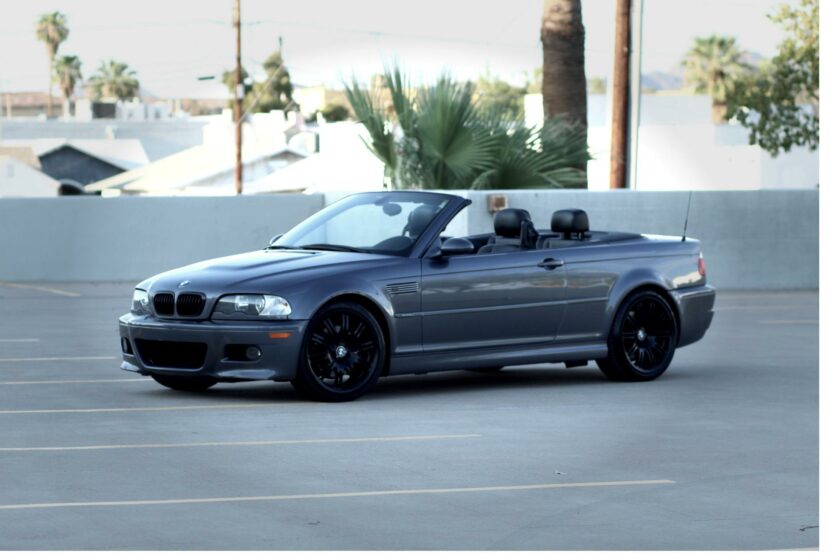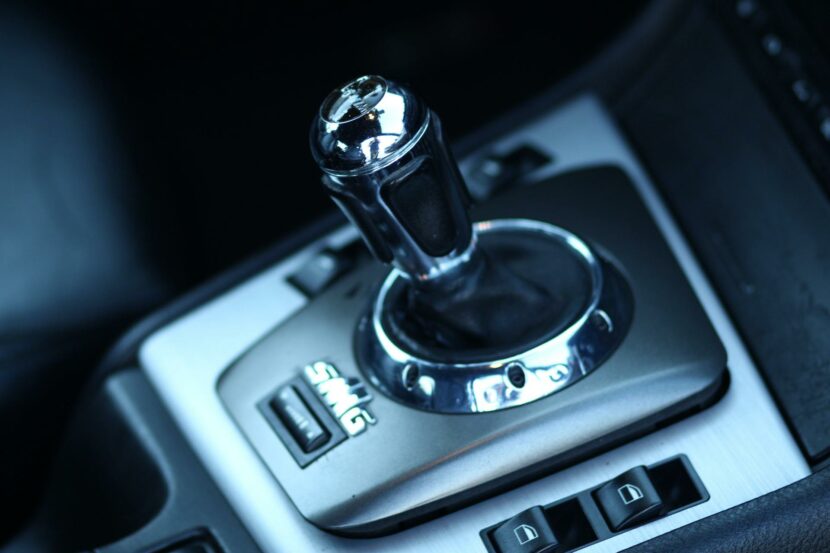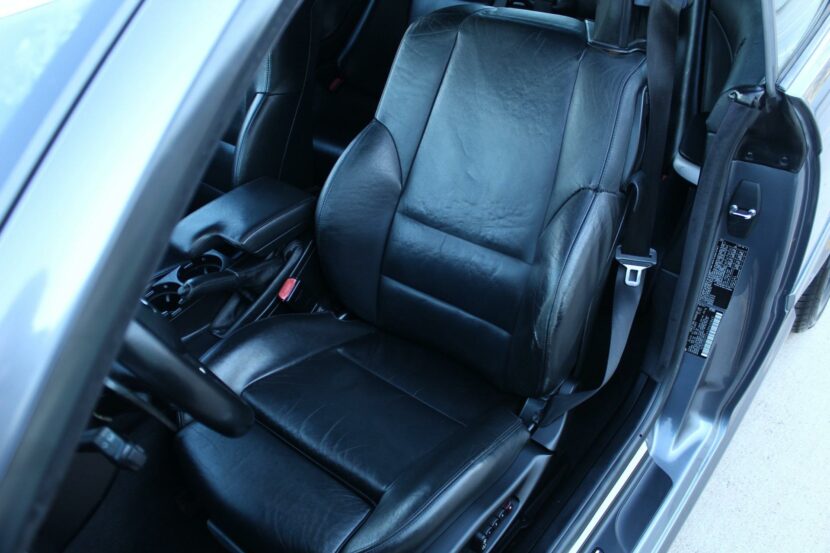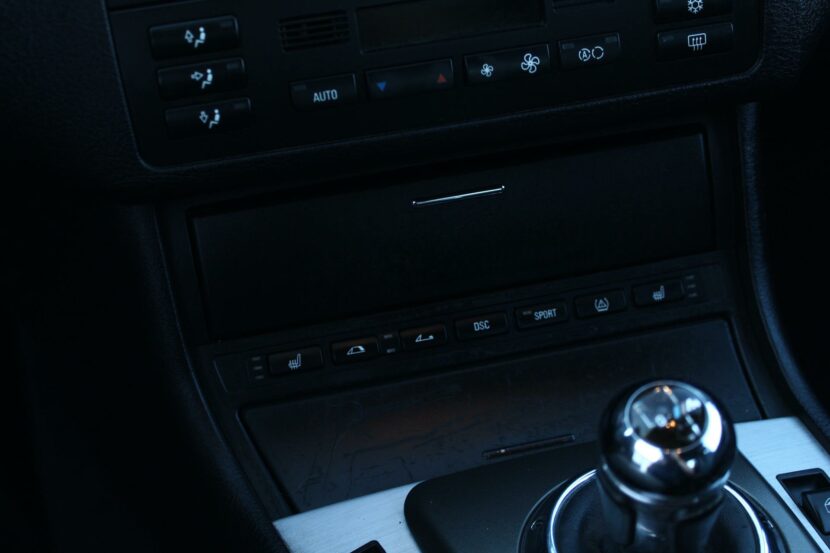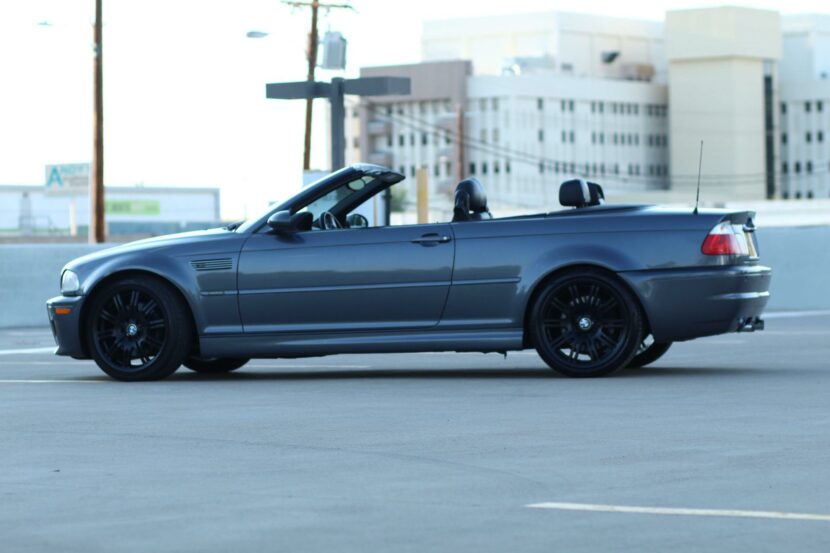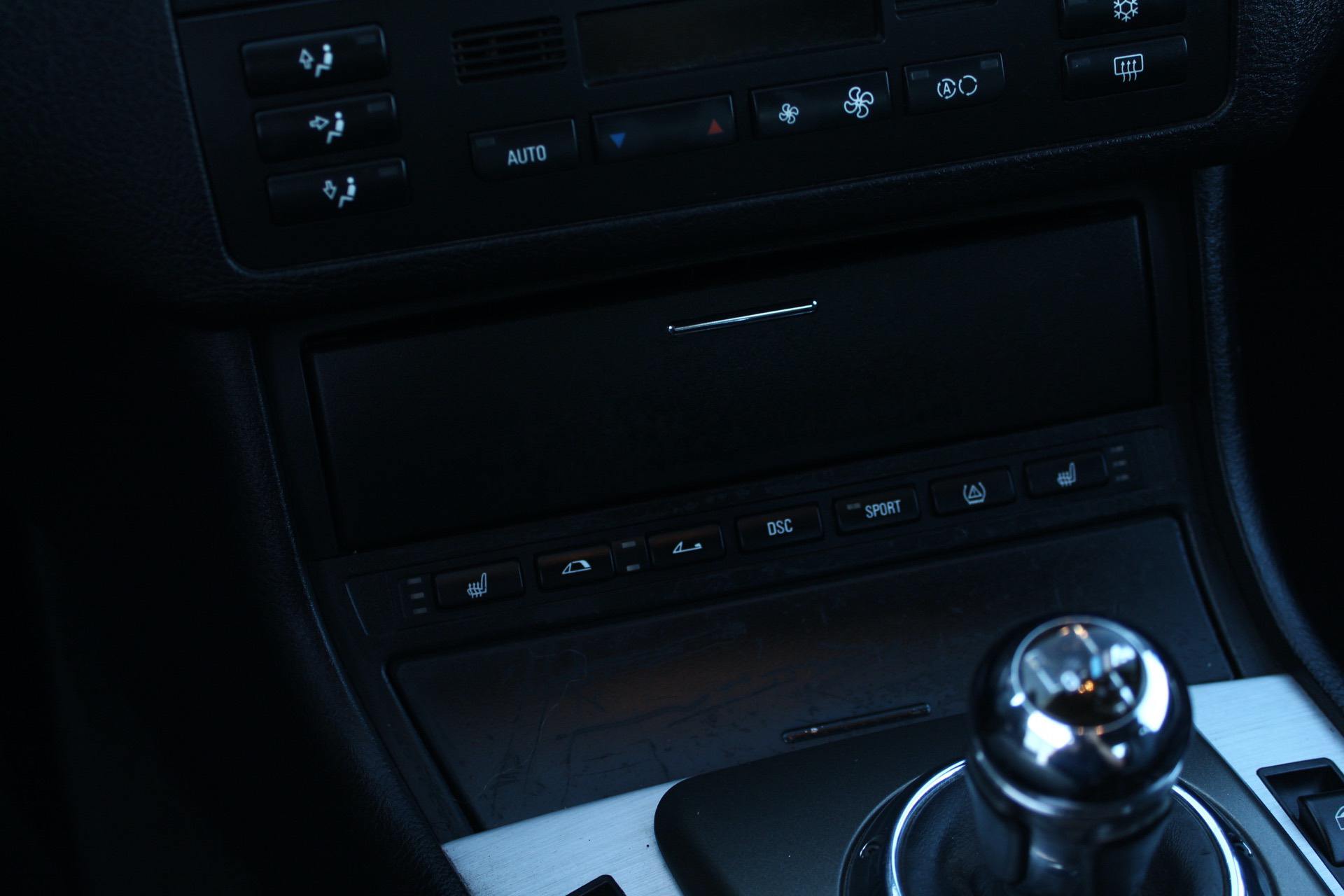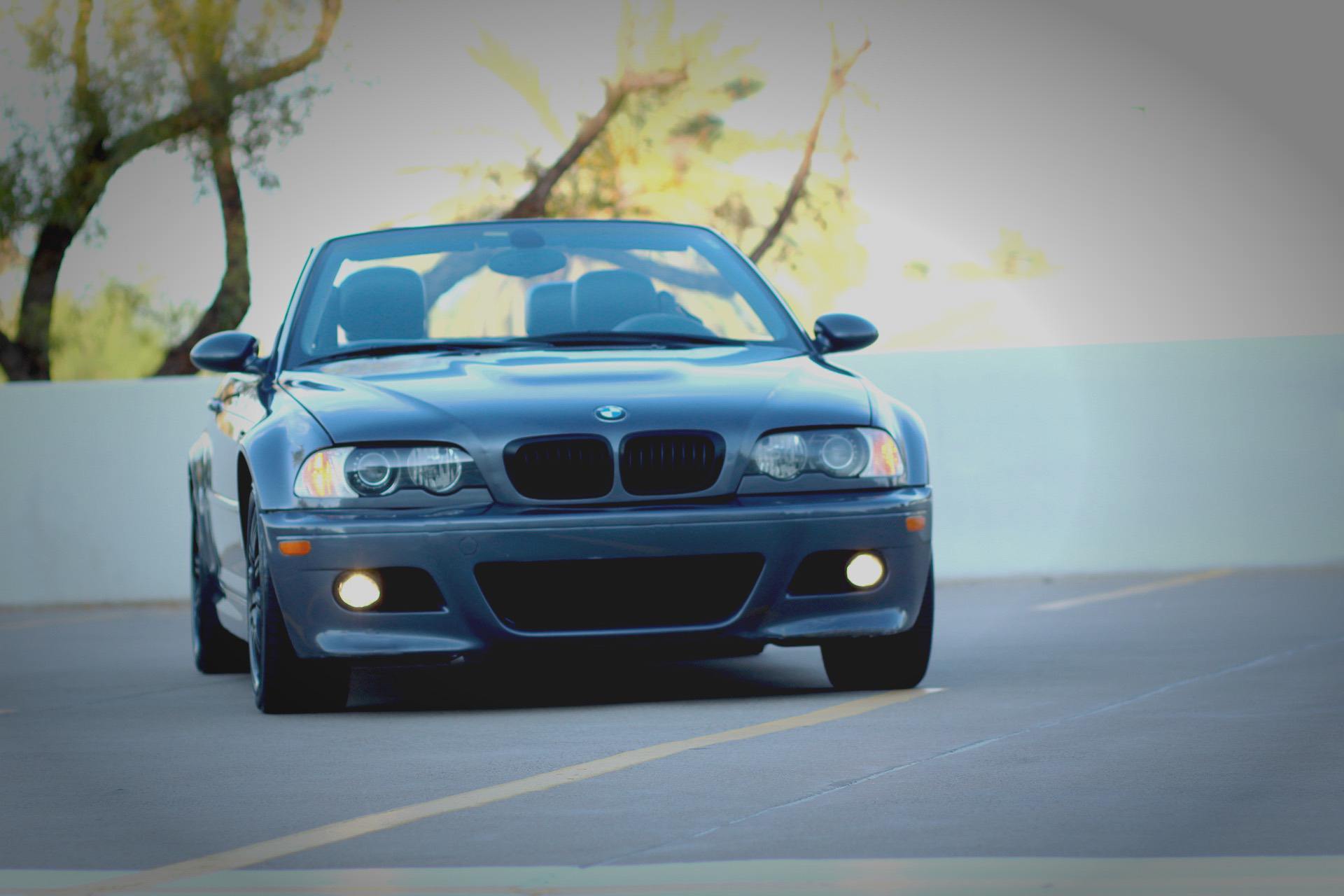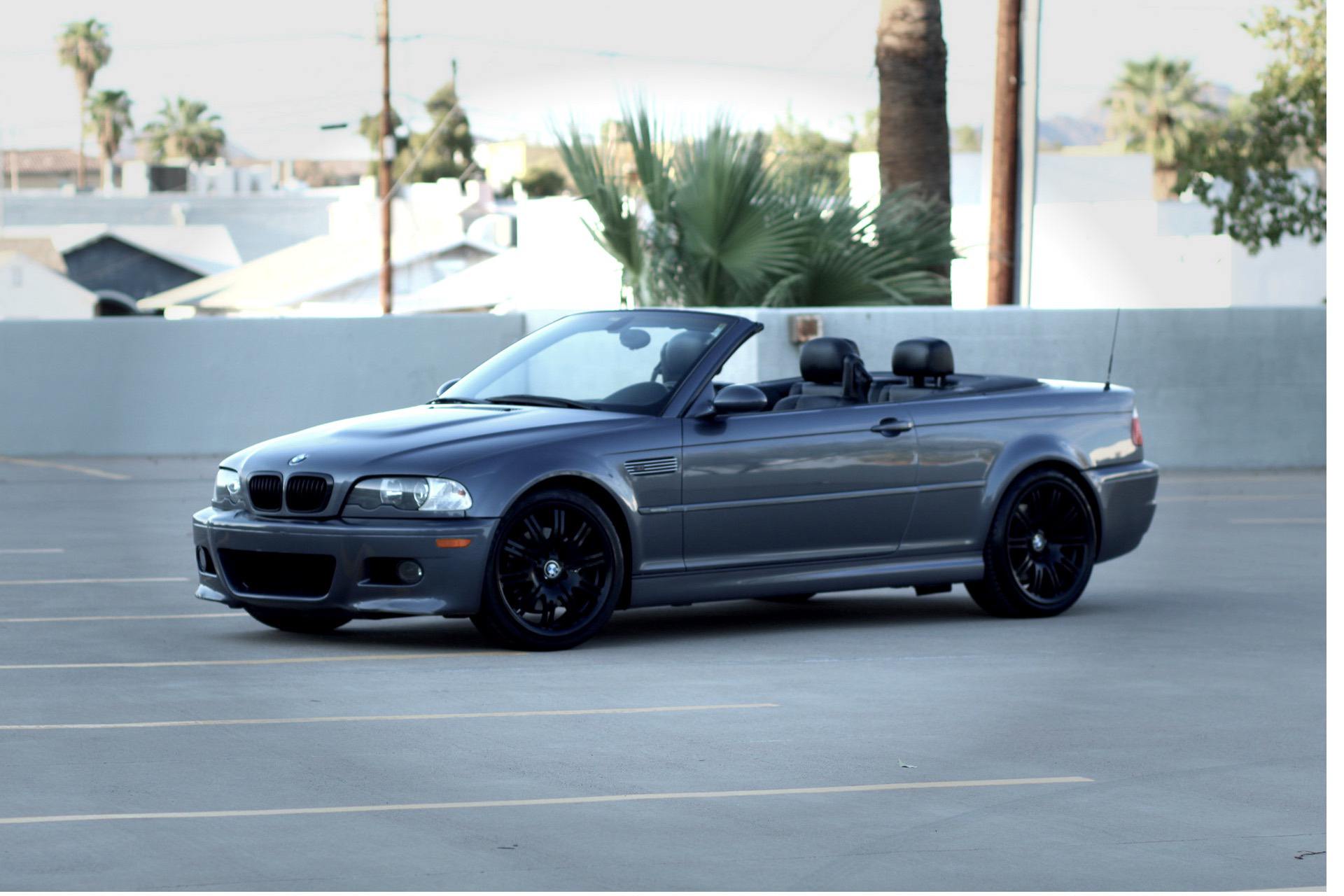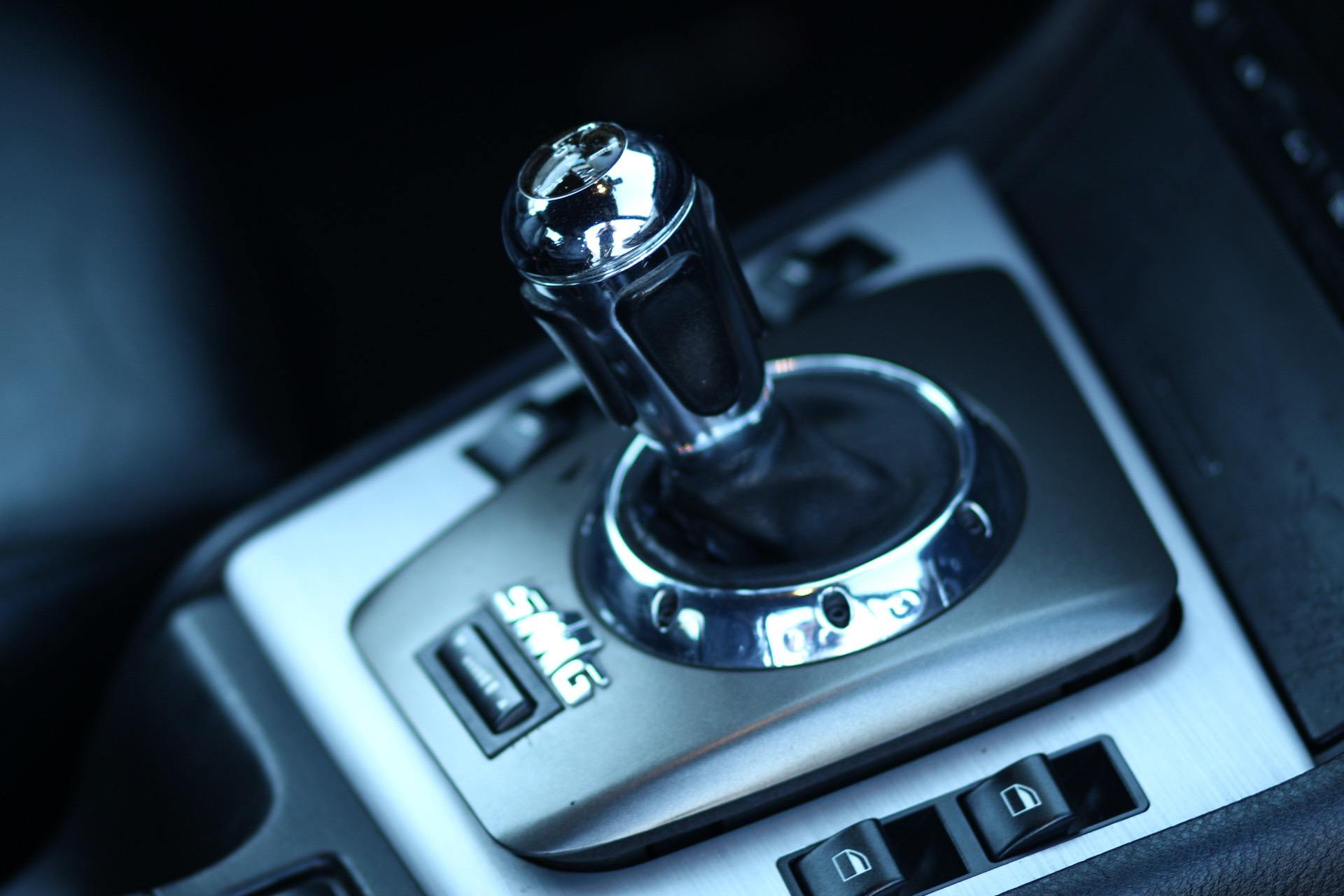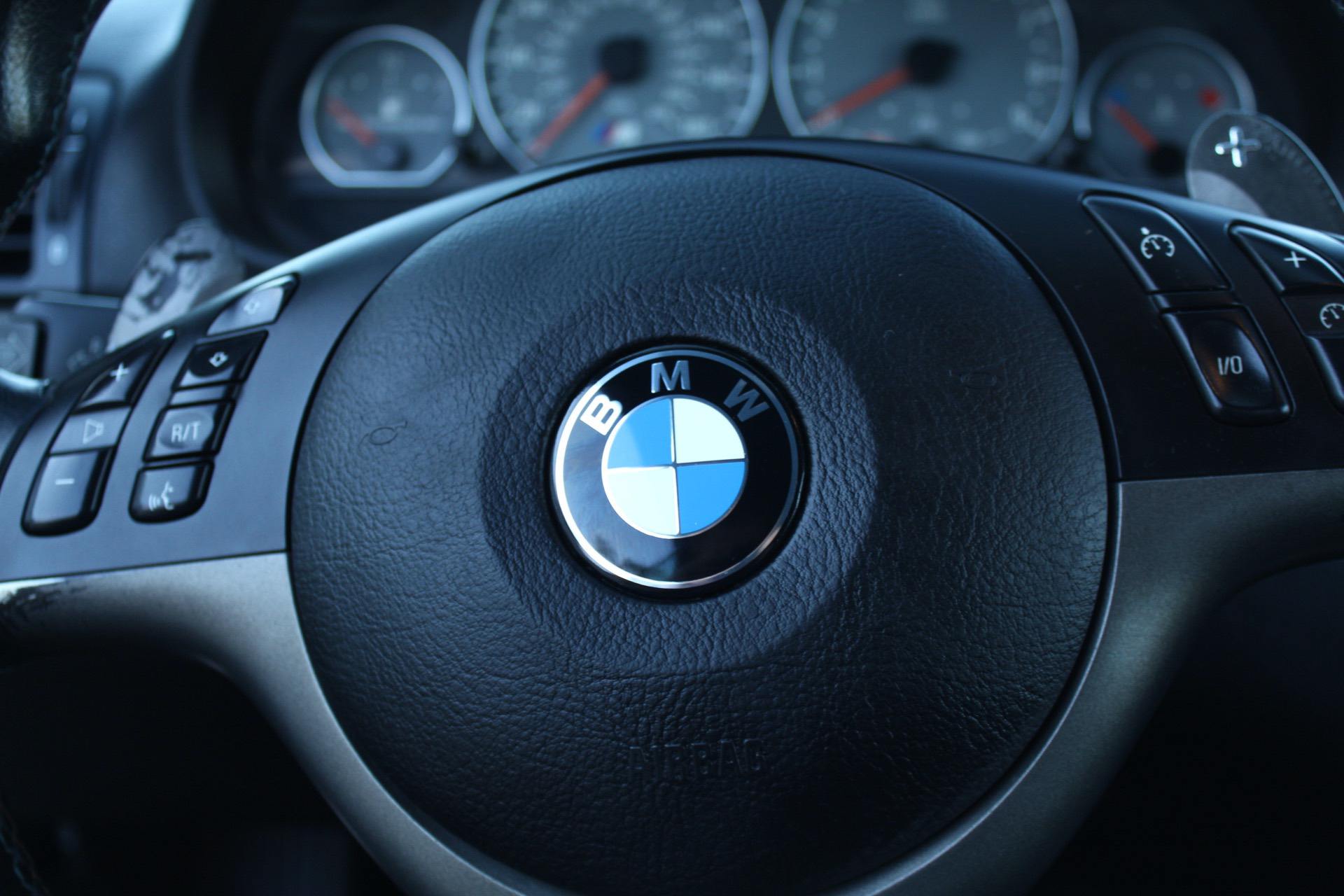So, when I sat down to start working on this article, I struggled to find the right way to start. How do you introduce a legend? The BMW E46 M3 debuted twenty years ago and nearly every enthusiast has a story about it – either driving one, lusting after one, or (if you’re Klaus Frohlich, former head of development for BMW) sick of drivers benchmarking every car ever made against it.
I’m no exception – the E46 M3 made me fall in love with cars again, and specifically, BMWs. Working in New York over a decade ago, a modified Titanium Silver, Competition Package coupe caught my eye and I couldn’t look away. I soon bought my first E36 and began an automotive attachment from which I have still not recovered.
The E46 M3 undoubtedly represented a high point for BMW. Functional but understated design, a tireless powertrain, and rewarding driving dynamics all backed up BMW’s promise to deliver the “Ultimate Driving Machine”. Even twenty years later, the car remains a hot-ticket item for enthusiasts due to the timeless design and driver’s seat thrills.
But, I didn’t drive that car.
The Infamous SMG
I drove an early model (pre-2003), convertible E46 M3 with the SMG transmission. Arguably one of the finest cars BMW’s M division ever churned out, in its least desirable form. You don’t know what SMG is? Pay attention, because this part is important.
It stands for Sequential Manual Gearbox and was touted as “Formula 1 inspired” – a paddle shifted manual transmission that replaces a clutch pedal with a little robot (an electro-hydraulic pump) that does the legwork for you. Sadly, it seems this robot is sleeping on the job some of the time.
The SMG transmission is reviled by many because of its high cost of maintenance, awkward shifting patterns, and lack of a traditional clutch pedal. SMG owners will tell you “well, technically it’s a manual…” and explain that “you just need to learn how to drive it.”
But don’t believe that. There are no clear advantages to the SMG transmission. Everything it does, a traditional manual can do better, and only disconnects you from the driving experience – which is unfortunate, because the driving experience is kind of the whole point of owning one of these.
The real joy of driving this the car is in the steering feel and suspension tuning. BMW’s renowned hydraulic steering is heavy, but quick. The steering wheel is substantial, but never cumbersome, and provides good road feel through the re-tuned, M-specific suspension. The car truly feels special as you feel it out – model specific struts, springs, and sway bars work in tandem with the quick steering to truly reward good driving.
The Famous S54 Engine
Numbers aren’t really the headline – the S54 inline-six offers up 333 hp and 262 lb ft of torque in this iteration, slightly turned up from the Z3 and Z4 M variants that used the same engine. The real drama comes from the powerband – with peak torque coming in around halfway up the tach at 5000 rpm, and all the power showing up at just shy of the S54’s 8000 rpm redline. With an optimal 0-60 time a little quicker than 5 seconds, the M3 remains “quick” by 2020 standards.
The interior lives up to “driver’s car” expectations too – while analog compared to almost any car made in the last 10 years, that isn’t a mark against it. There are plenty of buttons that do things, but most of it is purely functional. Apart from the usual lights, normal climate control, and window switches, we’re really only getting one small row of superfluous buttons.
Admittedly, most of the features there are “necessary” – convertible controls and heated seats and such. A couple other buttons are present as well – a DSC button to disable the stability control, a tire pressure monitor (TPM) reset button, and one last button simply labeled “SPORT”.
Wonder what that does. Surprise, it puts the car into “sport” mode – which, just like in BMW M’s newest offerings, remaps the throttle to its more aggressive and touchy setting. While I could do without the TPM and sport buttons, the interior is still minimalistic enough to feel driver-oriented and utilitarian.
An Analog And Raw Driving Feel
Anyway, driving the E46 M3 is still wonderful. As I mentioned earlier, the real joy of driving this car is in the handling and road feel, and that still shines through, even being slightly worse for wear. I put the top down and cruised back to meet the owner and, despite the wonky transmission, still managed to enjoy myself.
Read Also: FIRST DRIVE: 2021 BMW M3 and M4 Prototype
The SMG transmission only serves to make the car a less enjoyable experience, by taking an important component of driving involvement out of the equation. Instead of brimming with joy with every upshift, there’s this weird lull in the action that basically equates to you holding on to the steering wheel and waiting for someone else to physically shift the gear.
So you’re still driving as if it were a manual – lifting off the throttle, shifting, and easing back on – but sacrifice total control and engagement in order to wait for a sleepy robot ghost hand to do your bidding. It’s weird, it’s stupid, and I don’t get it.
The irony here is that, even having driven the “worst of the best”, I would probably still consider picking up an E46 M3 in similar spec. Convertible models equipped with the SMG are available at well under the $10,000 mark, even in serviceable condition. While there’s no doubt it my mind that a manual coupe is the car to have from this generation, I still thoroughly enjoyed my time with the car.
The same traits that make most vintage BMWs so attractive to enthusiasts – unrivaled steering feel, classically good looks, and a cockpit that feels special – still make the E46 M3 noteworthy, even in what most would call its least-desirable configuration. And a sleepy, lazily shifting robot doesn’t sway my opinion – but does make me appreciate the manual transmission just a little bit more.



